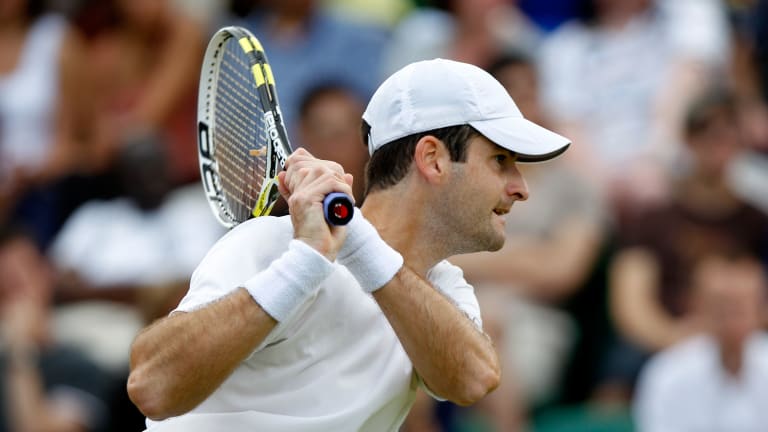Hitting a sizzling down-the-line backhand winner might be one of the best feelings in tennis, but it’s not a shot everyone has in their arsenal, and it’s too risky to rely on all the time. Before taking aim, decide what it is you’re trying to achieve with your line drive and take the safest route to achieve it.
There are two main reasons for changing the direction of a ball in a backhand crosscourt rally: 1) you’re aggressively stepping in to hit a winner; or 2), your backhand is not as good as your opponent’s, so you want to change the pattern.
Most recreational players are trying to accomplish the latter. But even if your down-the-line backhand isn’t your best shot, it doesn’t mean you can’t change direction. Your ball just has to be good enough so your opponents can’t hurt you with their next shot. If they hit right back to your backhand, you have the whole court to work with; if not, you have successfully switched over to your forehand.
Changing the direction of the ball hinges largely on your court positioning. Running parallel to the oncoming ball might be the most intuitive way to move, but it wastes precious time. It’s important to cut the angle off, no matter how slight the angle is, and take the most direct route to the ball. Move into the court from your very first step instead of running along the baseline. Even if you’re not very fast, you can still cut off the court.
